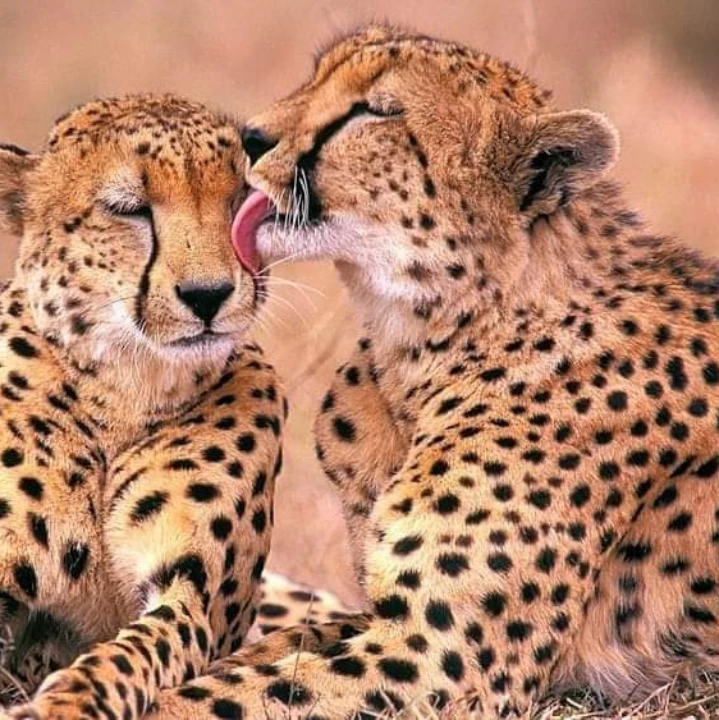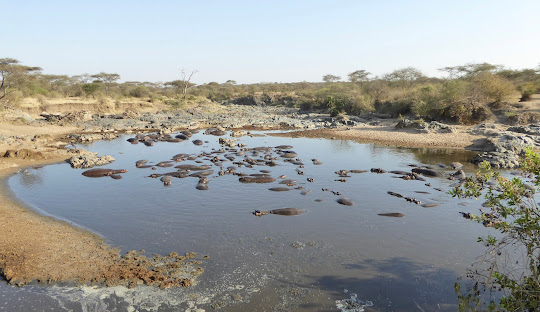Activity: Serengeti Wildlife Migration
About Serengeti National Park
Serengeti National Park, located in northern Tanzania, is one of Africa’s most famous and oldest national parks, known for its stunning landscapes, diverse wildlife, and the annual Great Migration. Here’s an overview:
- Wildlife and Ecosystem
- The Great Migration: Each year, millions of wildebeests, zebras, and gazelles migrate across the Serengeti in search of fresh grazing grounds, moving from Tanzania’s Serengeti to Kenya’s Maasai Mara. This natural phenomenon draws visitors worldwide, especially from June to October.
- Diverse Species: The park is home to the “Big Five” (lion, elephant, buffalo, leopard, and rhino) and many other species like cheetahs, hyenas, giraffes, and numerous bird species, including ostriches and eagles.
- Ecosystems: Serengeti features varied ecosystems, including grasslands, savannahs, riverine forests, and woodlands, supporting its vast biodiversity.
- Activities
- Game Drives: Safaris in the park provide close encounters with wildlife, either in the morning, afternoon, or evening, often guided by experienced rangers.
- Hot Air Balloon Safaris: This popular activity allows for an aerial view of the Serengeti’s landscape and wildlife, especially during the migration season.
- Walking Safaris: Guided walking safaris allow visitors to experience the Serengeti on foot and observe details often missed during vehicle-based safaris.
- Birdwatching: With over 500 bird species, the Serengeti is a birdwatcher’s paradise.
- Climate and Best Time to Visit
- Dry Season (June to October): This is the peak season when the Great Migration and wildlife viewing are at their best. The weather is dry and cooler, which makes animals gather around water sources.
- Wet Season (November to May): The landscape is lush, and it’s a good time for birdwatching and spotting newborn animals. However, roads may be muddy, and some animals might be harder to find.
- Cultural and Historical Significance
- Maasai People: The Maasai people, who live around the Serengeti, are a semi-nomadic ethnic group known for their colorful dress and traditions. Visits to nearby Maasai villages offer insights into their culture.
- Olduvai Gorge: Located near the park, this archaeological site is one of the most significant in the world for understanding early human evolution.
- Conservation Efforts
- Serengeti National Park is a UNESCO World Heritage Site, and Tanzania’s government works alongside conservation groups to protect its unique wildlife and ecosystems from threats like poaching and habitat loss.




